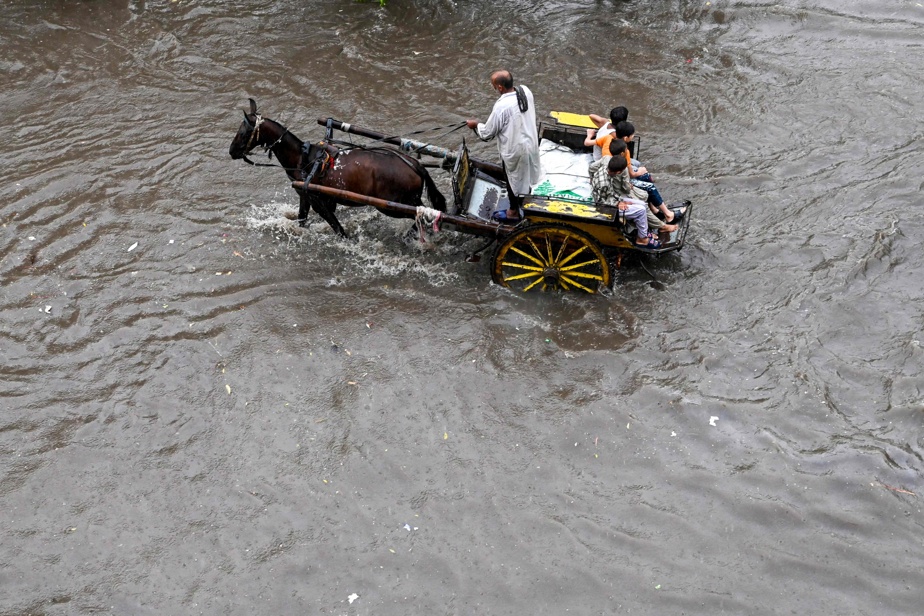(Paris) Not one more year: the poorest countries on the planet, on the front line of climate change, warn that they can no longer wait to obtain the first aid from the “loss and damage” fund, created at COP28 in November, but still far from being operational.
The call was made at the end of the second meeting on Friday to set up the fund, which was adopted with great fanfare at the COP in Dubai after years of tough negotiations.
As flooding and hurricane devastation increases around the world due to global warming caused by fossil fuels, “we cannot wait until the end of 2025 for the first funds to be released,” said Adao Soares Barbosa, Timor-Leste’s representative on the fund’s board.
“Losses and damages do not wait for us,” said the long-time negotiator for the world’s poorest nations.
Since the adoption of the fund at COP28, complex and tense negotiations between the North and the South have resumed to finalize its structure. At a pace that is insufficient in the face of climate disasters.
“The urgent needs of vulnerable countries and communities cannot be ignored while waiting for every detail of this fund to be finalized,” Mr. Barbosa insisted.
The cost of climate disasters is in the billions of dollars. Yet the fund has only recorded $661 million in pledges from rich countries (Germany, France, United Arab Emirates, Denmark, etc.).
Not enough to cover the cost of a single major disaster, laments Camilla More of the International Institute for Environment and Development. South Korea, the host of the meeting, has just announced a new donation of $7 million.
Despite progress in getting the fund up and running, “it is clear that developed countries, whose historical emissions [de gaz à effet de serre] “The world’s largest economies, which have unquestionably fueled the climate crisis, are still unwilling to mobilize the hundreds of billions of dollars needed,” laments Harjeet Singh, an activist with the Fossil Fuel Non-Proliferation Treaty Initiative.
Huge pressure
A fresh illustration of the needs, the hurricane Berylexacerbated by record temperatures in the Atlantic Ocean, has wreaked havoc on poor Caribbean islands.
“In five islands of the Grenadines… 90 percent of the homes are gone… Houses are lying on the ground like houses of cards and in tatters, roofs are gone, trees are gone, there is no food, no water, no electricity,” Elizabeth Thompson, representing Barbados, told the meeting.
“We cannot continue to chatter while people live and die in a crisis that is not their fault,” she added, calling for a fund that reflects “the urgency and scale” of the response required.
The “massive” destruction of recent weeks “puts immense pressure on us to do our job,” acknowledged Richard Sherman, the South African co-chair of the board.
Its members want the payments to be approved “as soon as possible, but realistically by mid-2025,” according to an internal document seen by AFP.
400 billion per year
Developing countries, by some estimates, would need more than $400 billion a year to rebuild after climate disasters. One study put the global bill at between $290 billion and $580 billion a year by 2030, and even more in the future.
In 2022, unprecedented floods in Pakistan caused more than $30 billion in damage and economic losses, according to a United Nations-commissioned assessment.
In the meantime, technical discussions are continuing to concretize the operation of the loss and damage fund to determine who the beneficiaries will be, how the money will be allocated and in what form (loans or donations).
On Tuesday, more than 350 NGOs wrote to the fund’s members demanding that a substantial portion be distributed directly in the form of small grants to local communities and indigenous groups, bypassing states.
The fund will be temporarily hosted by the World Bank, a decision taken despite the hostility of the countries of the South, which have however recently obtained that the board of directors be located in the Philippines.
